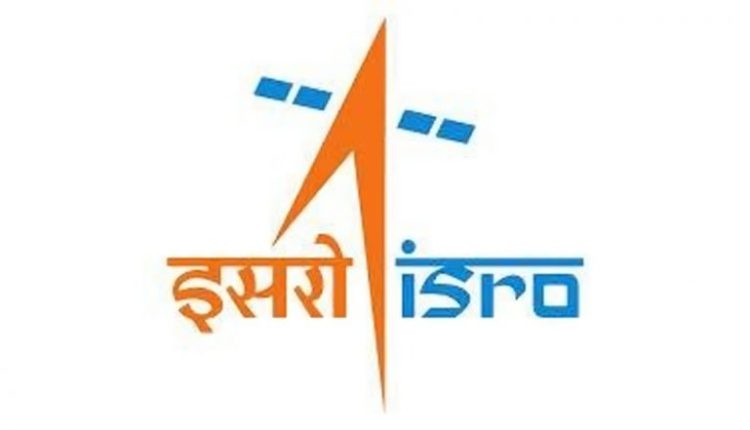Bengaluru, June 8: Indian Space Research Organisation has decided not to rush its Gaganyaan project, the manned mission to space, as it wants to ensure that the country’s first human space flight is a ‘sure shot safe mission’, said its chairman S Somanath here on Thursday.
Gaganyaan was set to launch in 2022 but due to covid-19 there was an inordinate delay, Somanath told reporters during the international conference on Spacecraft Mission Operations (SMOPS-2023). ISRO Organises XPoSat User Meet, Check Date, Time and Live Streaming Details Here.
“We have a different thinking now. Our thinking is like this that we don’t want to rush. That decision we have taken. The primary objective of the human space flight is a sure shot safe mission,” the ISRO chief said.
The space agency has redefined the mission in such a way that it will achieve success in the very first attempt. For this, it has enhanced the testing and demonstration mission substantially in recent times. These exercises involve additional abort missions to ensure the safety of the crew, he explained.
According to Somanath, the first exercise will probably happen in August, which was earlier planned in July.
“So, two abort missions have to take place this year followed by an unmanned mission possibly by the beginning of next year,” the ISRO chairman said.
The space scientist said all the engine test programmes have been completed within ISRO.
Stating that hectic activities are taking place, Somanath said every week at least some major tests are happening. “For me, eight major tests are there and if all the tests successfully happen without any glitch, the launch will between 2024 and 2025 time frame. But if I face problems and challenges, which are natural in this process, I have to discount for the schedule,” he added.
About India’s first solar mission, Aditya-L1, Somanath said the launch window is August this year to January next year. “If we cannot launch it in August then we will go to next year January,” he added.
Regarding Chandrayaan-3, ISRO’s third moon mission, Somanath said it is due to be launched in mid July. ISRO will follow the same process that was adopted during the Chandrayaan-2 mission, he said. ISRO To Launch Its First Second-Generation Navigation Satellite With Domestic Atomic Clock, Check Date, Time and Other Key Details.
“We are going in the same path of Chandrayaan-2 because we have already done that. We have experience to do it in that manner but it all depends on various other factors whether there are any other contingency conditions,” Somanath said, adding, “The landing flight is just the same as previously. No change.”
To a query on how indigenous Chandrayaan-3 is, the ISRO chairman said, “What we are doing in ISRO is 100 per cent indigenous. We are not buying anything from anybody to do it but of course we buy some components such as electronic chips, processors, some high-end devices, but we don’t buy Chandrayaan lander from anybody.”


